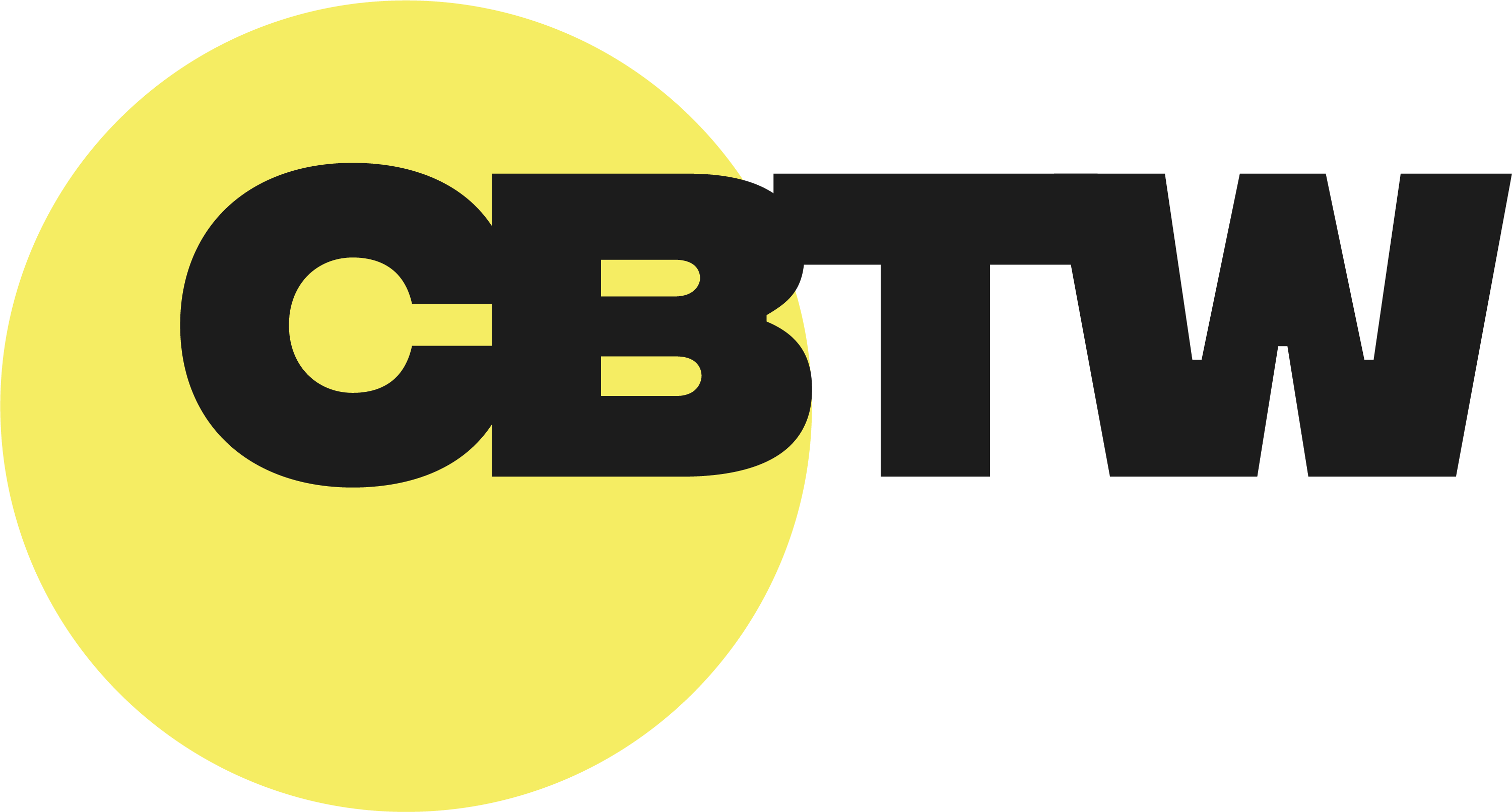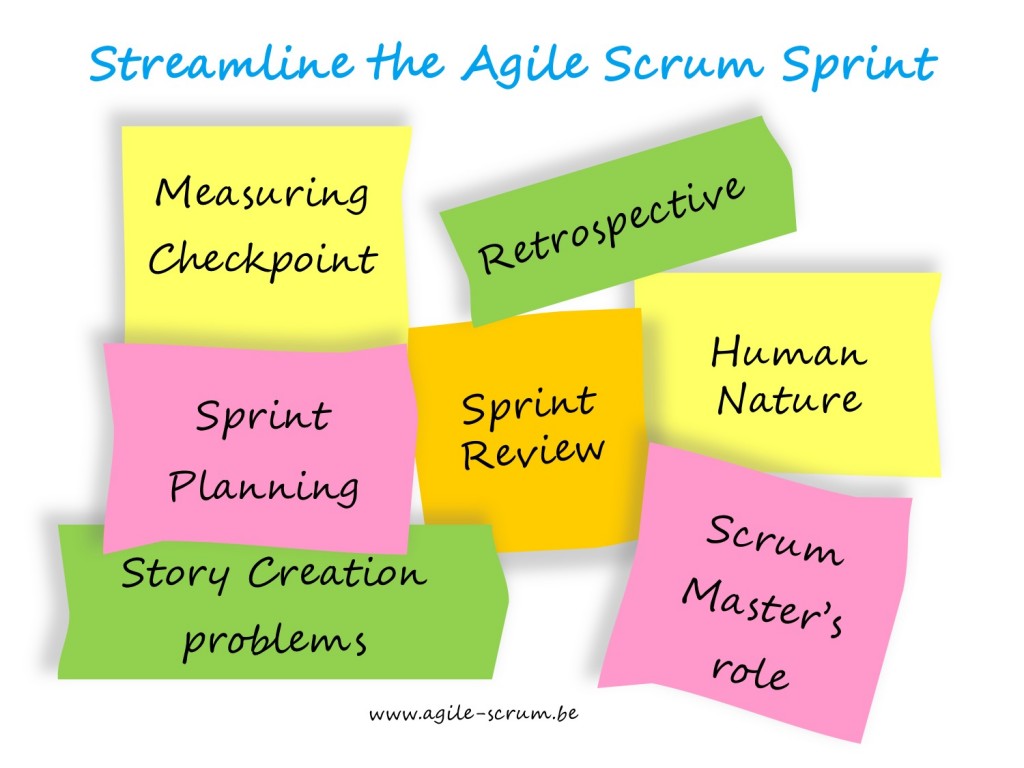How to Streamline Your Agile Scrum Sprint
I’ve seen a lot of new teams struggle with determining the amount of stories and the duration of their Agile Scrum Sprint. The members are usually scared of the time constraints and the fact that they have to produce a working demo instead of documentation.
Since the team determines the sprint duration, your job as a Scrum Master is to make sure that they finish the work for that Sprint and that this is really what the team wants to achieve. It’s normal that they would ask for longer time frames at the beginning, but helping them make better choices can support both the Product Owner and the Team members.
To help you out, here are some considerations when the team is having trouble determining the Agile Scrum Sprint duration:
- The Measuring Checkpoint. These are time boxes that let the stakeholders check on the project status. When you have an unknown in any situation, it’s best to gather as much data as possible and produce answers from there. More frequent measuring checkpoints (Even if they are short) give you more data to work with and help you determine the right duration.
- The Sprint Review. This is the session where the working project is presented to the product owners and the team hears solid feedback. The product backlog may grow a lot during these sessions so more frequent sessions may be better to stagger the work and avoid overbearing the team. Keep in mind, though, that shorter frequencies means that the improvements expected should be scaled as well.
- The Retrospective. An Agile Scrum Sprint has to constantly inspect and adapt. The more often the Retrospective happens, the sooner it can identify issues, impediments and mistakes that can be improved. You can also determine future controls for these mistakes not to happen again. Retrospectives are also great for addressing interpersonal relationships and to help the team members self-manage.
- Sprint Planning. Using lessons from previous Sprints and the data gathered from the Retrospectives, Reviews and Checkpoints, the team members must find the best time to complete an optimal amount of work to show improvements at the next Review. Keep in mind that each person works at a different pace and often meets the deadline with their own practices.
- Human Nature. The better solution to tweaking the duration is to break down tasks and improve processes and workflow. The key to an Agile Scrum Sprint is that the team has to self-manage and that means constant communication, collaboration and organization. I’ve witnessed better sprints when the work is broken down to more manageable pieces than lengthening the time required to finish the work.
- The Scrum Master’s role. Keep in mind that the Scrum Master’s role is to deal with impediments. One single person is responsible for facilitating the speed of the project through eliminating obstacles. When someone is responsible for flagging problems and facilitating solutions, the team members have to feel comfortable with bringing up issues so that they’re dealt with earlier and the velocity isn’t affected.
- Story Creation problems. It’s very important that in Agile Scrum Sprints, acceptance criteria are considered dogma. While it can create more work for the product owner, it cuts costs in the long run. Since the product owners require a working product all the time, they should know that waiting on a story creation is going to delay the project. Since Scrum is so transparent, the delay can be easily traced to the PO.
In the end, the important lesson with planning the sprint and the duration is that you work with breaking down the User Stories if you find the workload too overwhelming. Shorter iterations mean more data but smaller improvements between reviews. Agile Scrum Sprint is still a product of a self-managed team, so everything depends on good collaboration and role fulfilment.


